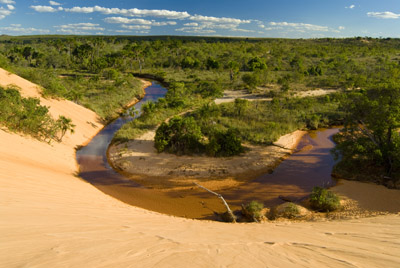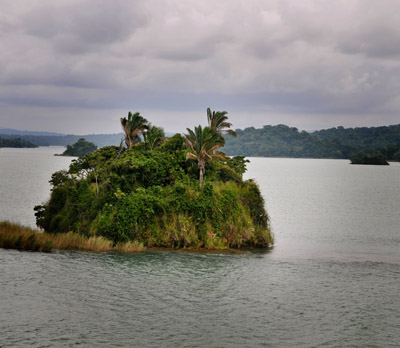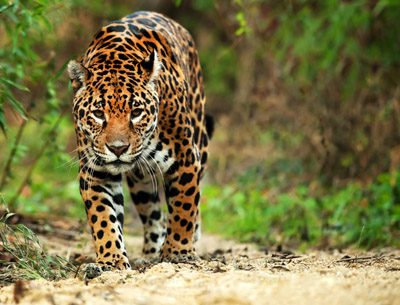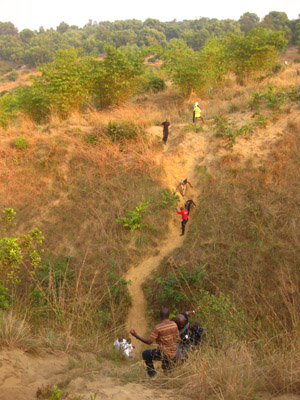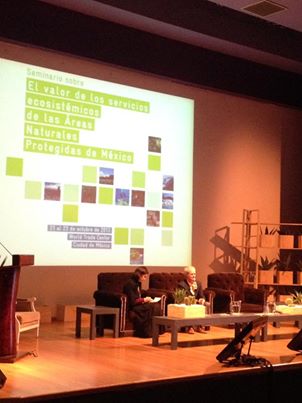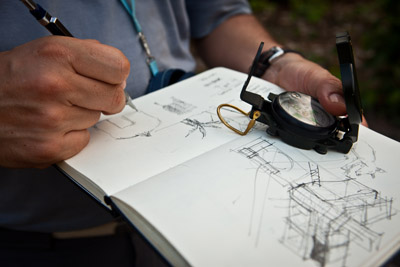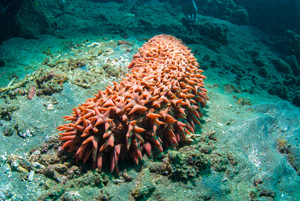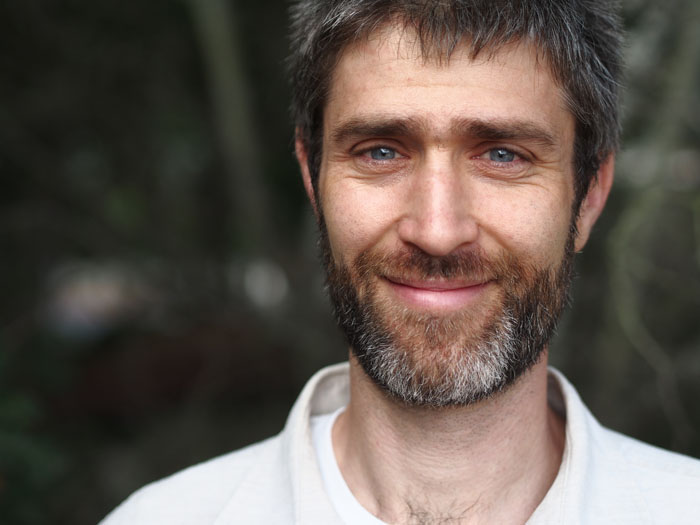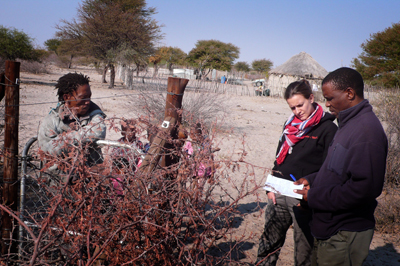News
http://conservation-strategy.org?1384467323
Tanzania’s national parks teem with the big storybook animals: rhinoceroses, lions, elephants and hippopotami. Only a few parks however, have historically teemed with visitors.
Capim dourado means “golden grass” in Portuguese. Whether rooted in soil or pulled from the ground, capim dourado’s thin stems glow with a golden iridescence, and can be woven into bags, hats, baskets and even jewelry. Hundreds of Brazilian artisans in the northern state of Tocantins depend on it for their livelihood.
One of CSF’s central ideas is that we can change the world by grabbing levers connecting to very big things, and pulling at the right time. The Panama Canal qualifies as a very big thing. The hundred-year-old waterway has been the most transformative piece of infrastructure in the Western Hemisphere and, in 2000, was set to transform Panama all over again. That’s when CSF helped a small, local organization pull on one of those levers for change.
Since 1998, Conservation Strategy Fund has been committed to making conservation efforts smarter through the use of economics. To celebrate, we're going to be sharing 15 stories over the course of the next few weeks. Each of these stories reflects how CSF's unique training and research programs equip people with the ability to both calculate and articulate the benefits of doing development right. Read our first story below and follow the series through our blog or on Facebook, and share your story at [email protected].
This past June I spent three weeks in Kinshasa, the capital of the Democratic Republic of Congo (DRC) facilitating one of CSF’s flagship Economics Tools for Conservation courses. The course focused on infrastructure planning and biodiversity conservation in the Albertine Rift. The course was delivered in partnership with L'École Régionale post-universitaire d'Aménagement et de gestion Intégrés des Forêts et territoires Tropicaux (ERAIFT). Holding the course in DRC was a great opportunity to share economic tools with conservationists and infrastructure planners that work in an area which faces new and rapid development options.
CSF economists Susan Seehusen, Aaron Bruner and John Reid joined the German technical support agency, GiZ, and the Mexican Protected Areas Commission, CONANP, to support two big efforts to leverage the economic value of protected areas.
Over weekend of October 18-19, Aaron and Susan joined GiZ and parks officials from a handful of Latin American countries to provide technical guidance for the newly launched ValuES program. Yes, that's an upper-case ES for Ecosystem Services; the program focuses on highlighting the values protected ecosystems deliver to human communities in focus countries such as Mexico, Brazil, Peru, Vietnam and India, among others.
CSF is opening a program of “office hours” with experts who will help you figure out what to analyze and how. These consultations are free and an exclusive service for graduates of CSF courses..
Here’s how it works: Click on the link below and provide some basic information about the issue, problem, policy or activity you want to analyze. We’ll gather the ideas and set up a meeting for you with a member of our staff or one of our consulting experts via videoconference or telephone.
Examples of analyses we will help you design could include
• cost-benefit analysis of a sustainable development project,
• revenue strategy for a protected area,
• formulation of arguments to confront a specific environmental threat,
• economic valuation of an ecosystem or protected area,
The David and Lucile Packard Foundation recently awarded CSF a grant to expand our ocean conservation work, with a focus on the islands of Micronesia. Packard will join CSF in delivering conservation economics training in Palau, a global priority for protection of reefs and associated coastal ecosystems. CSF will work with environmental managers and decision makers on integrating economic data and insights into management of fisheries and marine protected areas. Complementing the training will be a detailed analysis of sustainability and the distribution of profits from the economically significant sea cucumber industry.
Since he was a young child, Aaron Bruner has been interested in forest conservation. For much of his youth, he had intended to be a conservation biologist, but while at Wesleyan University, he had an economics professor who "blew his mind", and he realized that the best route to accomplish conservation was through the power of economics. It was then that he chose to study economics as an undergraduate in order to be able to speak the language of policy-makers and developers to achieve the greatest impact.
When people think of sub-Saharan Africa, they are often imagining the landscape of Botswana, although they may be unaware of it. Images of the Kalahari populate the spreads of nature magazines; the mysterious gazes of lions, elephants, and buffalo calling readers to adventure. Admiring photographs such as these in my youth brought me to my current work, and last month I was fortunate enough to have a dream realised and visit the Kalahari myself.
CSF, thanks to funding from the Handsel Foundation, is working along with Cheetah Conservation Botswana (CCB) to conduct a cost benefit analysis (CBA) of alternative predator control methods used by small stock farmers in the Kalahari agro-ecosystem.


